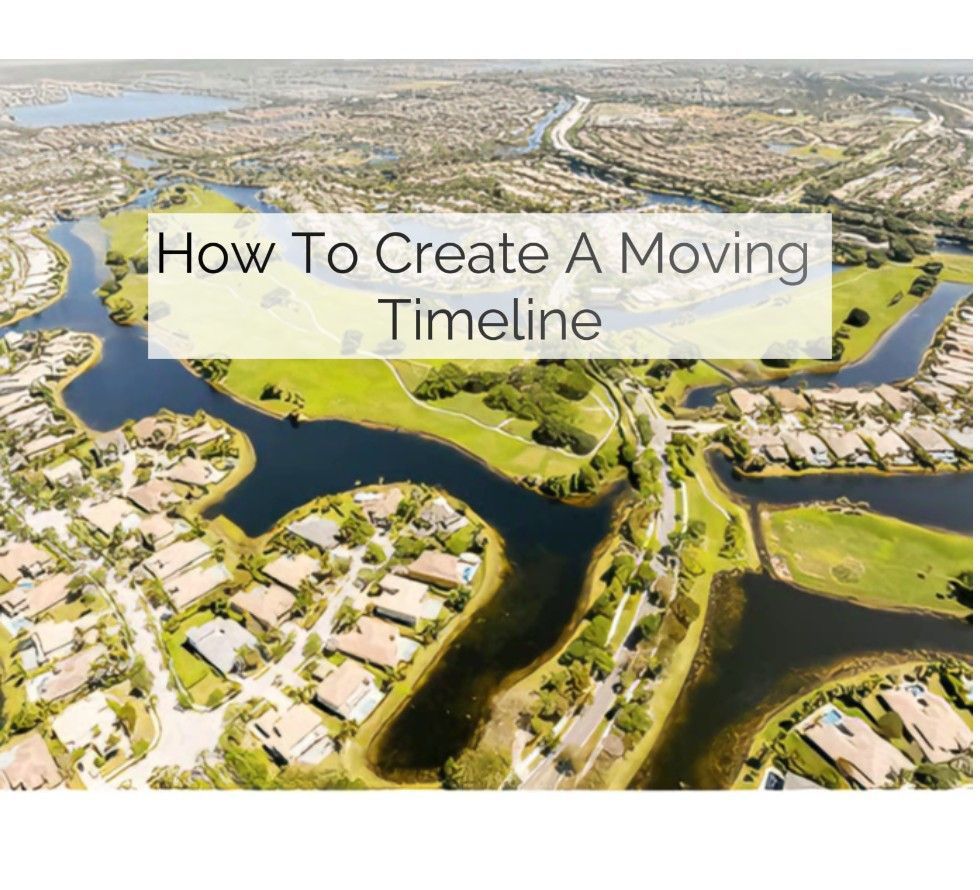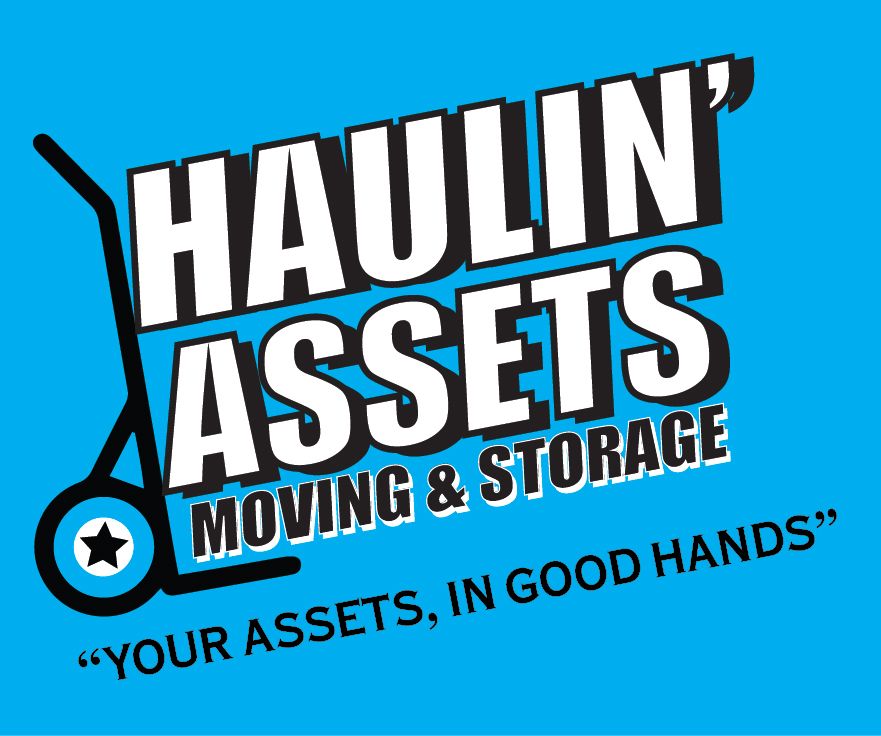Pompano Beach is one of the most sought-after places to live near Fort Lauderdale, Boca Raton, and Miami. Because it is centrally located and cheaper to live in compared to the most popular cities in Florida, a lot of people who are looking to move to these cities consider Pompano Beach as a good alternative.
Home to 112k people with a median age of 41 years old, Pompano Beach is one of the best places to live in Broward County. Despite having its pros and cons, there is always a good balance between the two.
Today, we will consider the best neighborhoods to live in Pompano Beach so you can make a sound decision if you’re looking to move here.
High Ridge Estates
For people looking to move to a safe and luxurious neighborhood in Pompano Beach, High Ridge Estates is the go-to option. High Ridge Estates is a neighborhood comprising single-family homes and town homes in a luxury environment.
The area’s homes are spacious, with additions of private pools and large yards. It also lies near schools, parks, and shopping, being a perfect choice for anyone looking to live in pure luxury.
Terramar
Terramar spans both Pompano Beach and Lauderdale-by-the-Sea and offers the best of both areas. It’s just a short drive to the restaurants and entertainment in Lauderdale-by-the-Sea, while also providing access to shopping, dining, and amenities in Pompano Beach.
Bordered by the Federal Highway to the west and the Atlantic Ocean to the east, Terramar is split by the Intracoastal Waterway.
This means most residents enjoy waterfront properties with quick and easy access to the rest of the Intracoastal and the Atlantic Ocean through the Hillsboro Inlet.
Terramar sits on the more expensive side when it comes to housing costs. For example, a 1 bed, 1-bath apartment ranges from $1,000 – $2,500. Nevertheless, most people who live here either commute to the bigger cities or like to pay the premium for living by the Atlantic Ocean.
Santa Barbara Estates
If you hate traffic and love to walk to your million-dollar boat, Santa Barbara Estates is the perfect neighborhood for you. Jokes aside, Santa Barbara Estates is the most expensive place to live in Pompano Beach.
With a walk score of 63 from walkscore.com, is the second most walkable neighborhood in Pompano Beach. Residents enjoy the convenience of being within a five-minute walk of an average of three restaurants, bars, or coffee shops.
This neighborhood is bordered by the Intracoastal Waterway to the east and Lake Santa Barbara to the south, making it a haven for boating enthusiasts with direct access to the water.
As the most expensive neighborhood in Pompano Beach, Santa Barbara Estates features median home prices starting above $1 million and reaching up to $4.5 to $5 million.
With a close-knit community of about 2,000 residents and very little turnover, it’s highly desirable. Homes here are quickly snapped up despite the high prices, and the area is known for its beautiful, well-maintained properties, many of which have been renovated or rebuilt.
Harbor Village
Harbor Village borders the Intracoastal and is conveniently located right off Federal Highway, near the Pompano Beach Airpark, City Park, and Amphitheater. This central location offers easy access to Pompano Beach, the new pier, and various attractions, making it a prime spot for those seeking both convenience and charm.
Developed from the mid-1950s to 2020, Harbor Village features a blend of old and new homes. The median home value is about $590,000 to $600,000, with most homes being owner-occupied and a few available as seasonal rentals.
Homes range from two to six bedrooms and two to seven bathrooms, with sizes from 1,500 to 4,000 square feet, contributing to higher prices that can exceed $3 million. The neighborhood is well-kept, blending natural beauty and community charm.
Garden Isles
Garden Isles is a picturesque neighborhood known for its tree-lined streets and well-maintained homes. Garden Isles is small, secluded, and surrounded by water on almost every side, of the neighborhood in Pompano Beach.
Garden Isles offers beautiful homes and the quintessential South Florida lifestyle. With average home prices around $850,000, some properties exceed $1 million, while others range from $450,000 to $500,000, depending on renovations and location.
This quiet, serene neighborhood features sidewalks perfect for walking and biking, friendly residents, and a well-maintained environment. It’s a hidden gem, often sought after or stumbled upon, known for its mature palm trees and charming homes.
Palm Aire
Palm Aire boasts over 9,000 condos, villas, and single-family homes, complemented by the extensive facilities of Broward County’s George Brummer Park.
The park features tennis courts, basketball, volleyball, picnic areas, and playgrounds, making it a hub for recreational activities. Established in the late 1960s and continuing to develop today, Palm Aire offers a mix of property types with a diverse community of owners, renters, and investors.
With an average price point of about $310,000 for condos, higher for villas, and $500,000 to $600,000 for single-family homes, Palm Aire remains an affordable option packed with amenities. Homeowner associations provide clubhouses, pools, grills, and saunas, enhancing its appeal and popularity.
Where Should You Move Next?
Choosing the right neighborhood in Pompano Beach can be a little bit tricky. Despite offering different levels of housing options, people find it hard to find the best combination of the good and the bad.
No matter what, each area offers its special qualities and benefits.
Whether you like the peaceful waterfront homes in Santa Barbara Estates, the convenient location and boating options in Harbor Village, or the family-friendly atmosphere of Garden Isles, there’s something for everyone and our Pompano Beach moving company is ready to help!


